With a bassy low-end warble growing to rising to throaty mid-range bellow and coalescing to a metallic high-pitch wail, the soulful and melodic GTA’s symphony is interspersed with sputter on high rev up shifts. Depressing its’ heavy long-travel clutch and snicking its stiff, thin and long but exact gear lever through downshifts for the approaching corner elicits a crackling and popping as engine tempo winds down.
A small, light and fast berlinetta coupe from a half century ago the Giulia Sprint GTA is an uncomplicated and connected driving machine, with viscerally and direct interaction between man and machine. Unlike over-sanitized contemporary cars with over-intrusive electronic safety nannies, responsibility and rewarded depend on driving ability. Providing more intimate sensations of speed, mechanicals and dynamic abilities and limits one must respect the GTA’ period technology. Approaching slaloms after a fast straight, the GTA’s stiff brakes require a meaningful shove, but not hard enough to lock the wheels. Similarly, downshifts shouldn’t be overly aggressive unless engine revs are manually matched with vehicle speed.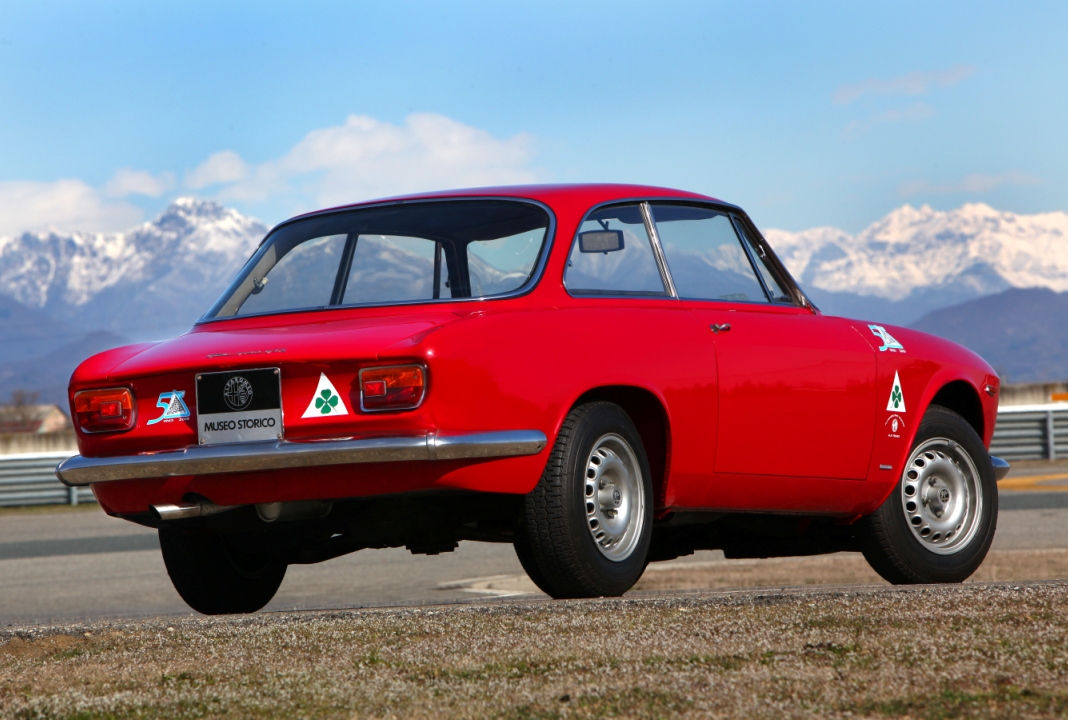 The GTA’s driving experience is altogether more intimate, with excellent visibility, compact proportions and slim tires providing clarity and exactness in placing it on road. Light at speed, the GTA’s un-assisted steering requires more lock and effort as speed decreases, but weighs up nicely and delivers nuanced feel through corners. A focused sports coupe in its time, the GTA is supple and forgiving by modern comparison, while body control is tidy by period standards. Agile and eager into corners, and with light weight and progressive power delivery nicely balanced with rear grip, the GTA provides delicately feelsome and intuitive at-the-limit handling and cornering clarity.
The GTA’s driving experience is altogether more intimate, with excellent visibility, compact proportions and slim tires providing clarity and exactness in placing it on road. Light at speed, the GTA’s un-assisted steering requires more lock and effort as speed decreases, but weighs up nicely and delivers nuanced feel through corners. A focused sports coupe in its time, the GTA is supple and forgiving by modern comparison, while body control is tidy by period standards. Agile and eager into corners, and with light weight and progressive power delivery nicely balanced with rear grip, the GTA provides delicately feelsome and intuitive at-the-limit handling and cornering clarity.
Unpretentiously cool and uncomplicated, the GTA’ has exquisite clarity and an urgent sense of forward motion. With heavily browed grille, big low hanging round lights and trademark Alfa Romeo shield contrasted with a low-slung boot, the GTA seems ready to leap forward. If lacking the blistered wing 1300 Junior racer version’s outright menace, the GTA is however an elegantly upright and narrow interpretation, with big glasshouse and low waistline. A side crease-line and scalloped ridges 14-inch sit above magnesium alloy wheels shod with 165-section tires and seemingly pay homage to the 1952 Alfa Romeo Disco Volante concept and add to the GTA’s palpable drama.
 Powered by a fruity and charismatic naturally-aspirated 1.6-liter four-cylinder engine with twin Weber double-barrel carburetors and, twin spark ignition, 8-valve double overhead camshafts, the Sprint GTA developed 115HP at 6000rpm and 105lb/ft at 3000rpm. Though modest by current standards, the GTA’s gutsy low- and mid-range torque allowed confident on-the-move flexibility. Backed by a versatile torque curve, the GTA’s eager high-end power delivery, aggressive final drive gearing and featherweight mass ensured brisk pace and a 185km/h maximum. Driving rear wheels through a 5-speed gearbox, the GTA was sporty and sophisticated in 1965, and even some light magnesium alloy components including camshaft cover and sump.
Powered by a fruity and charismatic naturally-aspirated 1.6-liter four-cylinder engine with twin Weber double-barrel carburetors and, twin spark ignition, 8-valve double overhead camshafts, the Sprint GTA developed 115HP at 6000rpm and 105lb/ft at 3000rpm. Though modest by current standards, the GTA’s gutsy low- and mid-range torque allowed confident on-the-move flexibility. Backed by a versatile torque curve, the GTA’s eager high-end power delivery, aggressive final drive gearing and featherweight mass ensured brisk pace and a 185km/h maximum. Driving rear wheels through a 5-speed gearbox, the GTA was sporty and sophisticated in 1965, and even some light magnesium alloy components including camshaft cover and sump.
Built on a steel monocoque chassis with lightweight aluminium body panels the GTA was sophisticated then, and also used thinner guage steel, riveted and bonded panel attachment, and clear plastic side windows, to achieve its’ low 745kg dry weight. Underpinned with independent wishbone suspension with anti-roll bar in front, the GTA’s more old school live axle rear suspension was de rigueur, but featured coil springs and radius arms, including aluminium upper arms, while its’ all-round disc brakes were cutting edge. Un-assisted re-circulating ball steering was textured and communicative, but to make it user-friendly at low speed use, required slow 3.5-turn lock-to-lock gearing.
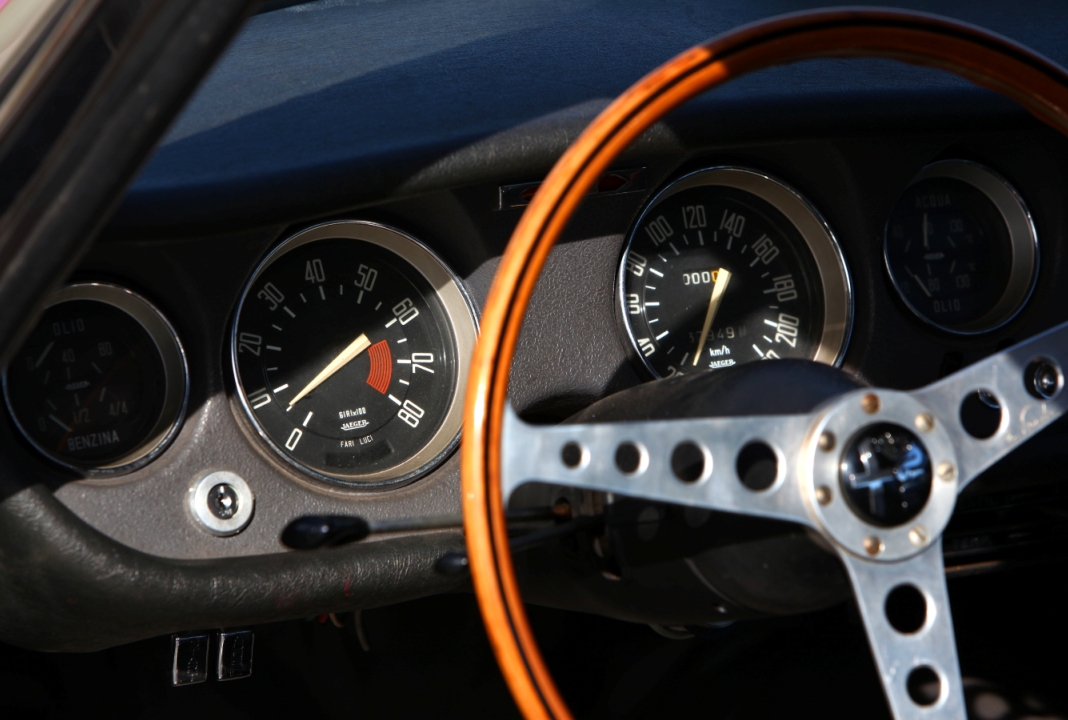 Upright and with big glasshouse, uniform shape, slim pillars and thin padding, the GTA’s cabin is more spacious than apparent, with excellent headroom and useable rear seats despite narrow shoulder room. Spartan in luxury, equipment and sound deadening, the GTA’s cabin didn’t even have headrests and wasn’t indulgent, but had clear uncomplicated instrumentation and provided excellent road visibility for one to accurately place it on road. With fixed steering wheel one adjusts the sliding bucket seat for the best possible driving position. Trim includes hard plastics and woods, and while some controls feel delicate, the steering, brakes and gear lever require more effort.
Upright and with big glasshouse, uniform shape, slim pillars and thin padding, the GTA’s cabin is more spacious than apparent, with excellent headroom and useable rear seats despite narrow shoulder room. Spartan in luxury, equipment and sound deadening, the GTA’s cabin didn’t even have headrests and wasn’t indulgent, but had clear uncomplicated instrumentation and provided excellent road visibility for one to accurately place it on road. With fixed steering wheel one adjusts the sliding bucket seat for the best possible driving position. Trim includes hard plastics and woods, and while some controls feel delicate, the steering, brakes and gear lever require more effort.
Specifications
- Engine: 1.6-litre, in-line 4-cylinders
- Bore x stroke: 78 x 82mm
- Compression ratio: 9.7:1
- Valve-train: 8-valve, DOHC, twin Weber carburetors
- Gearbox: 5-speed manual, rear-wheel-drive
- Top gear / final drive: 0.79:1 / 4.55:1
- Power, BHP (PS) [kW]: 113 (115) [85] @ 6000rpm
- Specific power: 73.2BHP/litre
- Power -to-weight ratio: 151.6BHP/ton
- Torque, lb/ft (Nm): 105 (142) @ 3000rpm
- Specific torque: 90.45Nm/litre
- Torque-to-weight ratio: 190.6Nm/ton
- Top speed: 185km/h
- Fuel capacity: 47.7-litres
- Length: 4080mm
- Width: 1580mm
- Height: 1310mm
- Wheelbase: 2350mm
- Track, F/R: 1320 / 1270mm
- Ground clearance: 140mm
- Weight, dry / kerb: 745kg / 820kg
- Construction: Aluminium panels / steel monocoque
- Suspension, F: Independent, wishbones, coil springs, anti-roll bars
- Suspension, R: Live axle, radius arms, coil springs
- Steering: Recirculating ball
- Lock-to-lock: 3.5-turns
- Turning circle: 10.7-meters
- Brakes F&R: Discs
- Wheels: Magnesium alloy
- Tires: 165/SR14


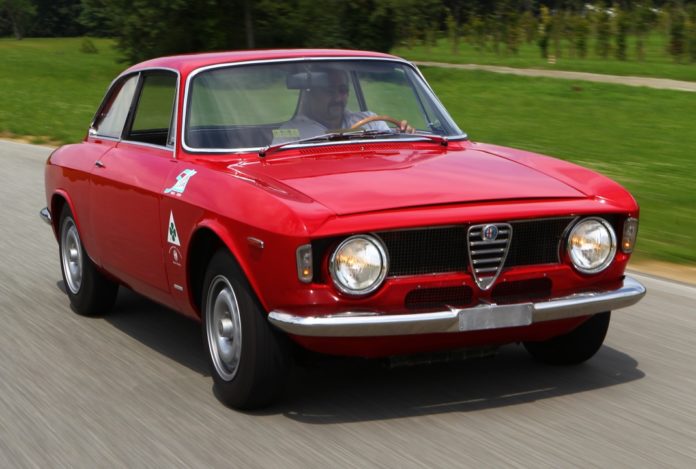
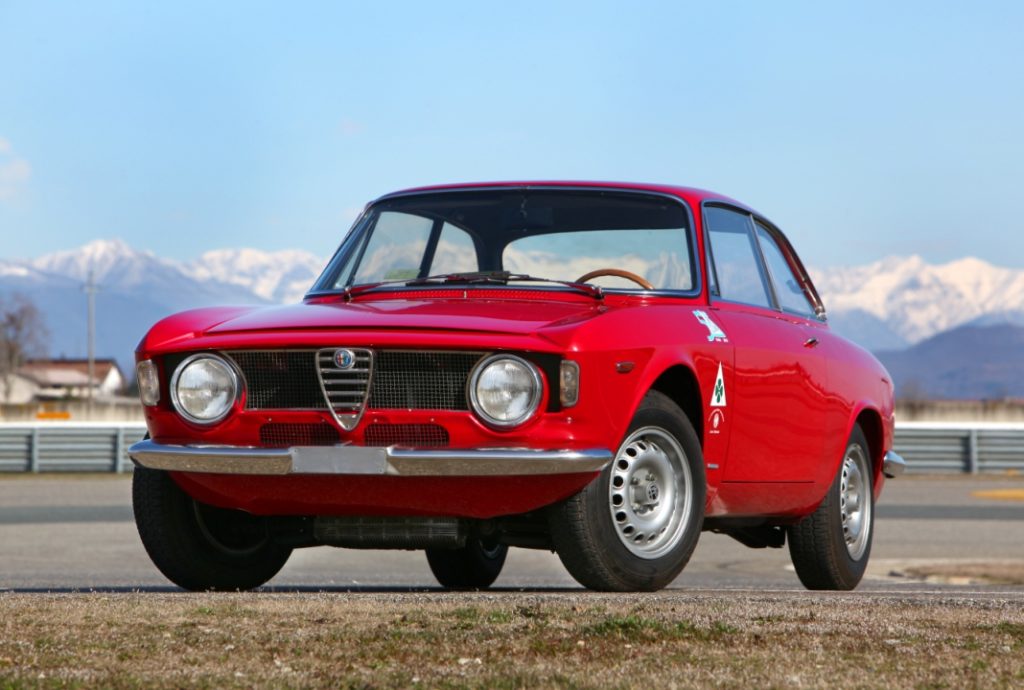

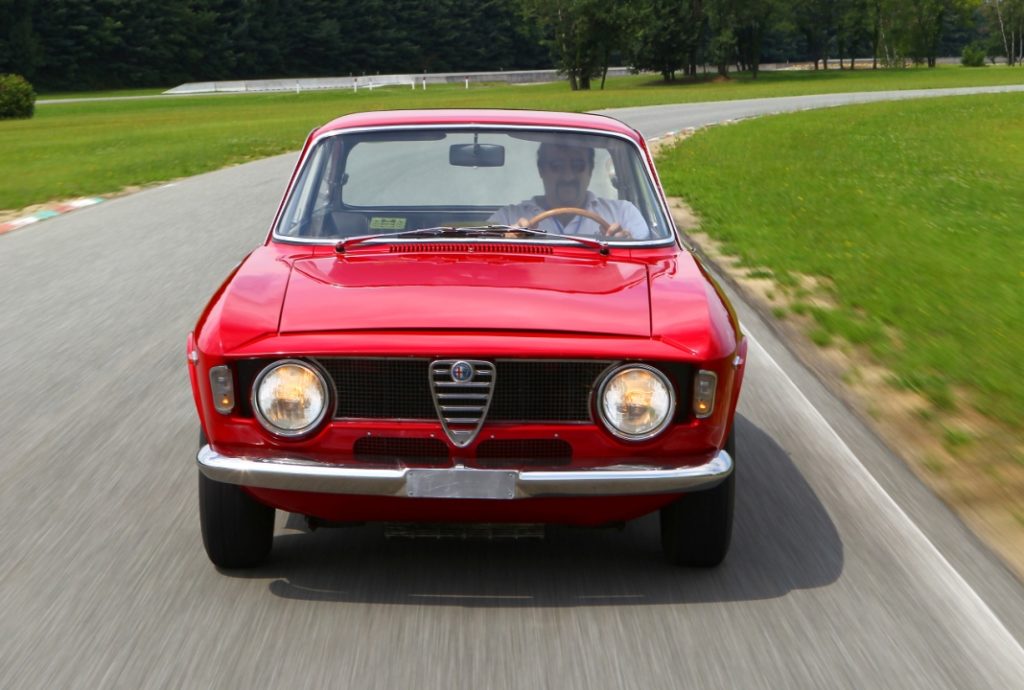
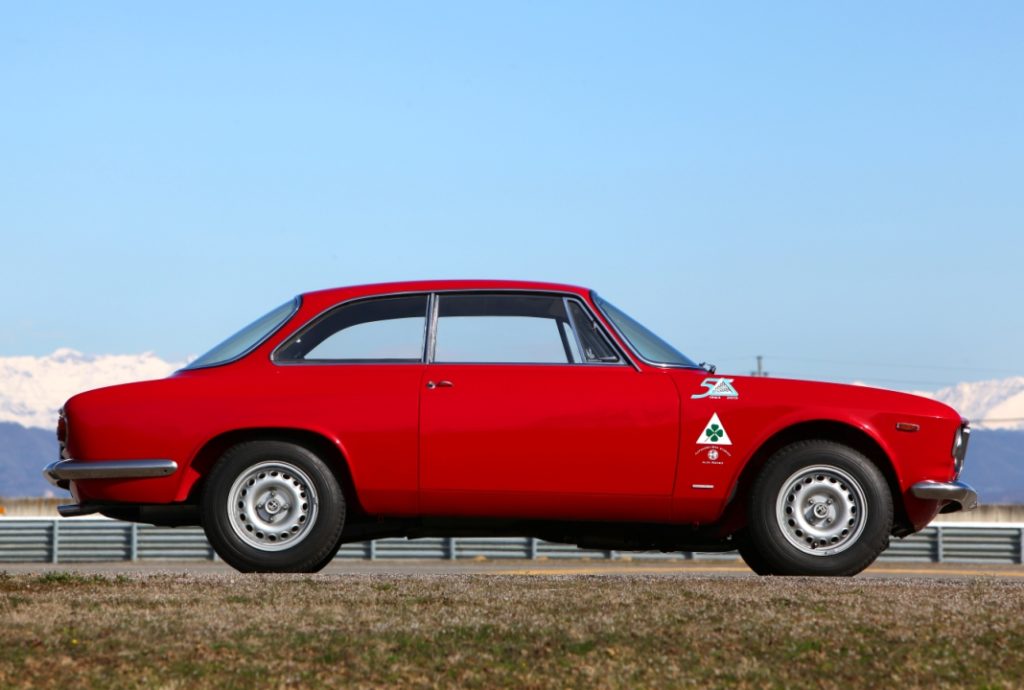
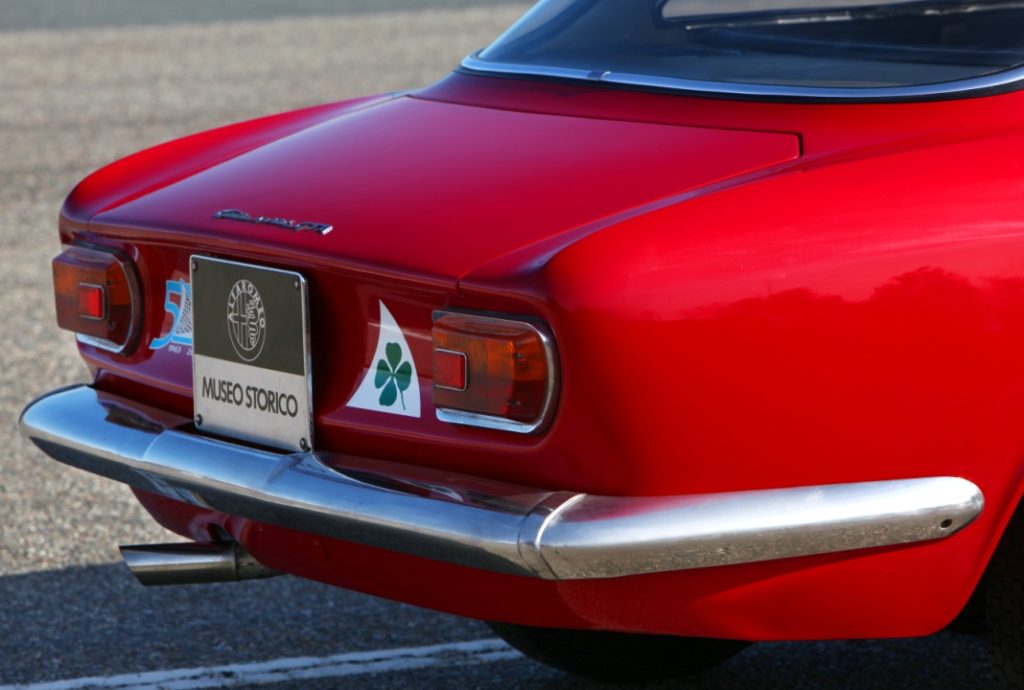
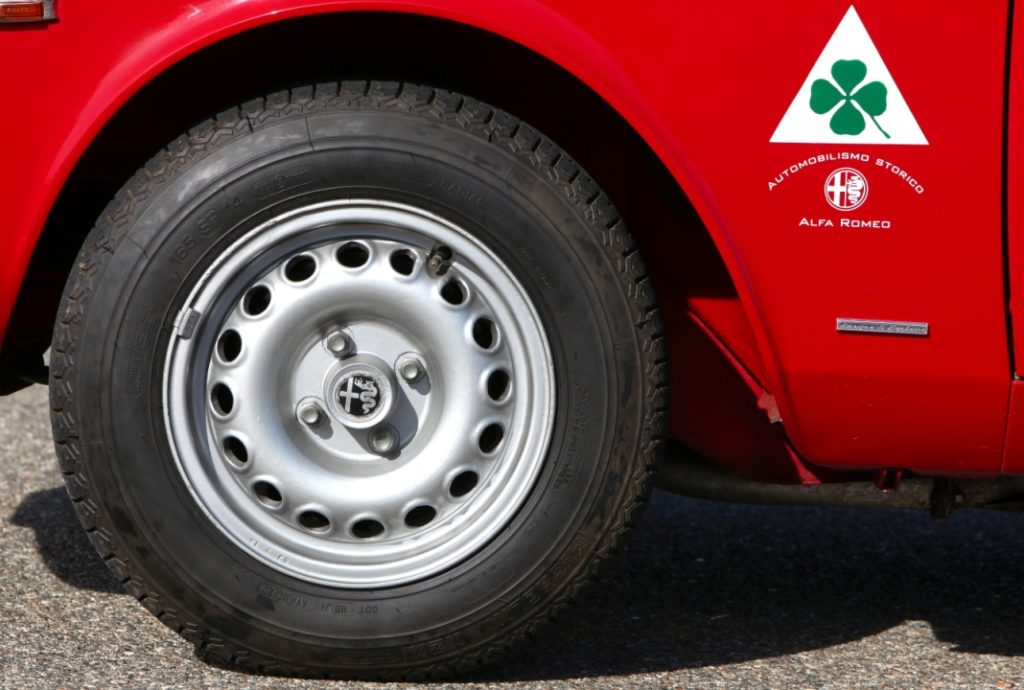

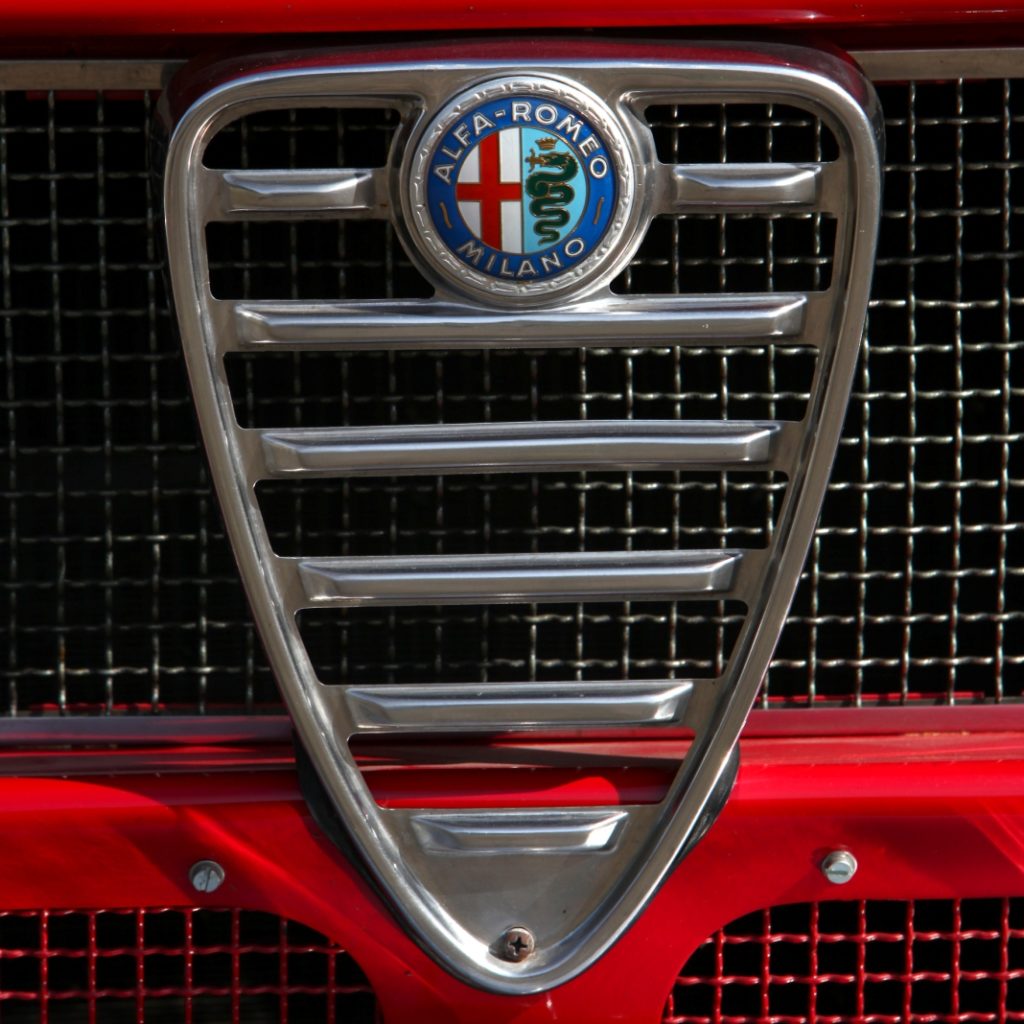

























Recent Comments